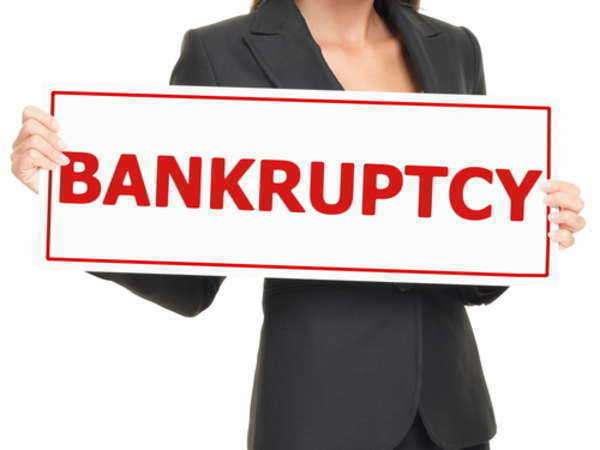
South Dakota Bankruptcy Law
South Dakota bankruptcy laws reflect federal laws and similarly compare to most state laws in the Midwest. The exemptions that South Dakota allow are often considered generous, and in most cases, a person can keep their home or property through any kind of SD bankruptcy. The laws are not there to prohibit you from filing; they are there to help you through the bankruptcy process and save your credit in the long term.
South Dakota bankruptcy is usually the last option, but like other states, South Carolina requires a person to complete a credit counseling course six months prior to officially filing. The person is also required to attend a debtor education course before a final settlement is agreed upon.
South Dakota Bankruptcy : Personal and Corporate
Individuals, families, and corporations can file for different kinds of South Dakota bankruptcy. Personal bankruptcies are usually filed under Chapter 7 and Chapter 13, while corporations usually file under Chapter 11. These are not the only options—just the most common options.
SD Bankruptcy : Chapter 7
If a person and/or family has a very large amount of unsecured debt with a lack of income, they may be entitled to Chapter 7 bankruptcy. This type of measure is usually referred to as straight or liquidation because a person or family is often left with a clean slate after a creditor collects the necessary assets.
A judge often makes the final decision, but a person can usually apply for Chapter 7 if their income falls below the state’s household average. The average household salary in South Dakota is around $45,861. The unemployment rate in South Dakota is one of the lowest in the country at 4.8%, so a family may consider filing a Chapter 13 in some cases. However, if a family qualifies for Chapter 7, they usually receive the following exemptions:
• 100% of homestead
• 60 days worth of earnings if needed to support family
• All clothing and $6,000 for personal property
• Food and fuel necessary for one year
SD Bankruptcy : Chapter 11
If a corporation is facing economic hardship, the owner may file Chapter 11 bankruptcy. This measure allows the corporation to gather up their finances, rearrange employees, and address logistical problems in order to turn more profit and reduce debt.
SD Bankruptcy : Chapter 13
A family is sometimes forced to file a Chapter 13 if they are proven capable of making structured payments over the next three to five years. This measure is sometimes referred to as “reorganization,” and the family may be forced to eliminate 25% or more of its debt. The advantage in filing Chapter 13 involves the family being able to keep certain assets that Chapter 7 wouldn’t allow.
Taxes
If a person or family files Chapter 7, a creditor can sometimes retrieve their tax returns as forms of assets. Tax returns are normally safe under Chapter 13.
Filing for South Dakota Bankruptcy
A person or family should try their best to hire an attorney if facing the possibility of SD bankruptcy. These lawyers usually offer free consultations and ask you multiple questions in order to try and reach the best settlement they can. These lawyers can also help you with submitting the right files, documents, and fees at the appropriate time. If you can’t afford a lawyer, you can file under the state’s filing service.



















